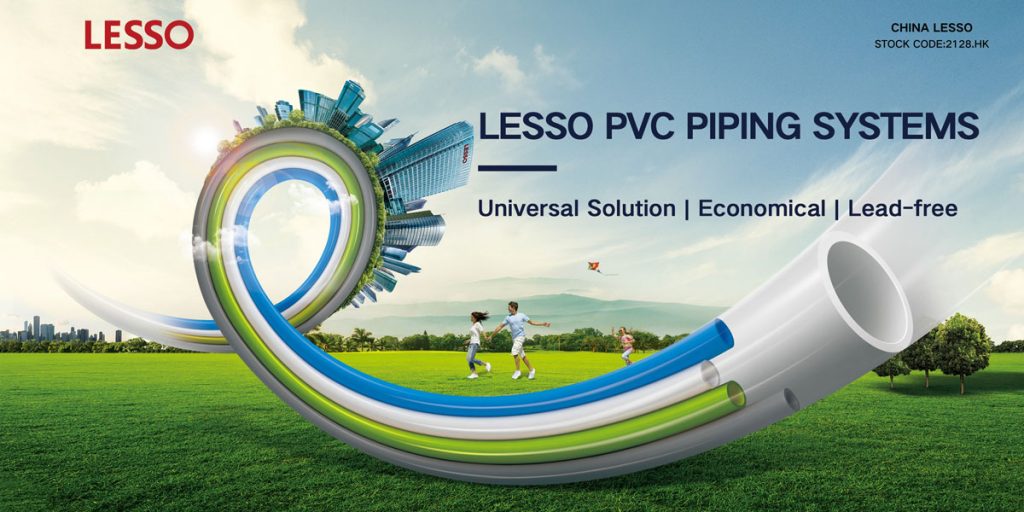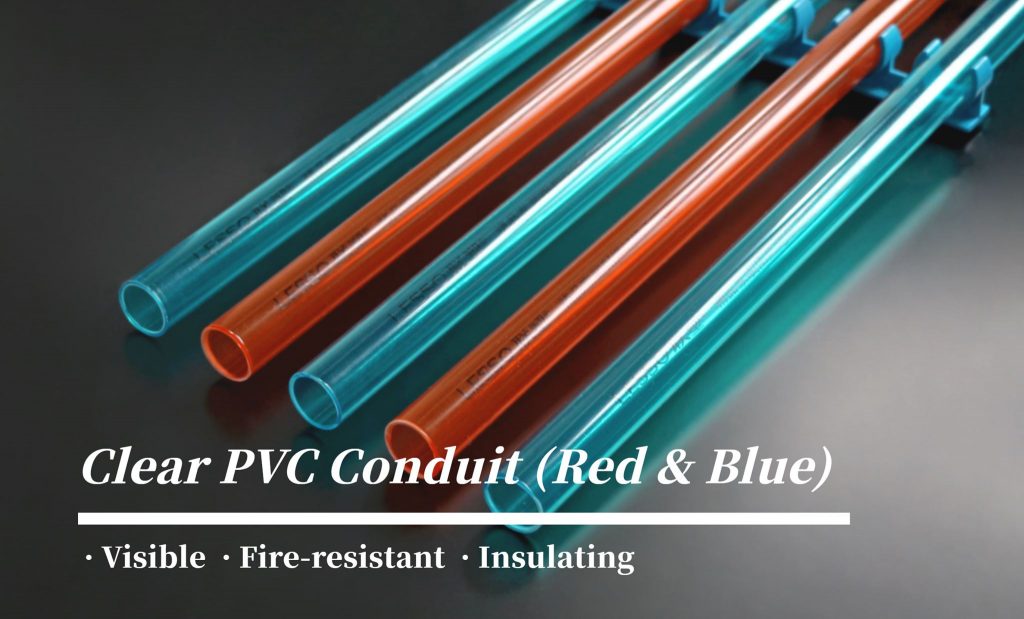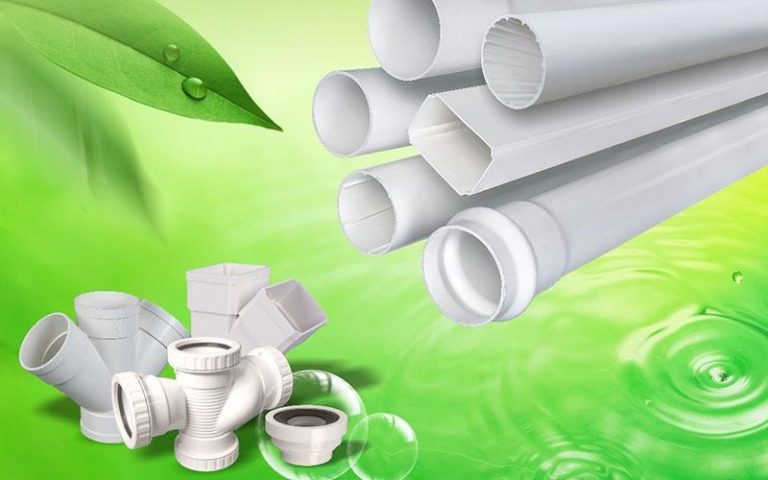Table of Contents
PVC pipes are most commonly utilized in manufacturing water mains, sewage pipes, as well as irrigation. These pipes not only have long-lasting and durable properties but are also lightweight, recyclable, and easy to install as well, making them both sustainable and cost-efficient. The PVC pipe’s smooth surface allows water to flow faster because of the small amounts of friction compared to other pipes made of concrete or cast iron.
The PVC pipes’ extensive properties and uses make it commonplace in sewage or plumbing projects. Because of this, plenty of companies supply tailor-made PVC pipes to fit specific demands, like the Lesso PVC Pipe, which is great for both commercial and residential usage.
How are PVC Pipes affected by temperature?
Moreover, PVC pipes are composed of PVC, a plastic known as Polyvinyl Chloride. This means that the material’s physical compositions are largely affected by variations in temperature – expanding when temperature increases and contracting when temperature decreases, which is a natural phenomenon as with all other materials. Consequently, this also suggests that apart from temperature, the material’s stiffness and capacity to maintain pressure are also affected by temperature changes.
With this in mind, it may be important to consider the different temperature effects on PVC pipes, so you can better understand how it functions under the influence of either warm or cold applications.
What is the baseline or upper temperature for PVC Pipes?
The standard reference points for every published PVC dimension are usually applicable to a 22 ℃. For colder or lower temperatures, the PVC’s piping strength s not usually affected. However, it should be noted that as the piping becomes warmer, it becomes less capable of containing pressurized fluid and more pliable at the same time. Additionally, PVC pipes’ resistance decreases with temperature, which means that there should be additional care and protection observed to avoid unnecessary impact.
For upper temperatures, the specific limit can vary depending on the PVC pipe’s exact specifications. Even so, the most recommended upper limit is 80 ℃. Any more beyond this temperature means that the PVC pipe might be at risk of damage and losing its structure. In any other cases, the recommended continuous operational temperature is 40 ℃, which refers to the entire pipe wall being at 40 ℃ and would be applicable for the fluid’s constant flow on the same level.
The fluid temperature can be greater in terms of intermittent flow because of the PVC’s low thermal conductivity. In such situations, the discharge’s volume and duration mainly determine the maximum temperature, which should first be assessed based on the 60 ℃ average limitations across the thickness of the pipe. There are also plenty of cases where higher temperature discharges are often restricted to small amounts of volume alongside short durations resulting in satisfactory PVC pipes.
For commercial applications that typically require large volume discharge over a sustained period, you must first consult specific advice before selecting the necessary PVC that you need to ensure efficiency.
What are the effects of Temperature on PVC pipes?
It is a known fact that PVC pipes are affected by temperature. Because of this, there is a noticeable difference with PVC pipes when they’re under temperature variations, especially when it comes to dimensions, length, and more.
Temperature Effect on PVC pipes Dimensions
Slight variations in the PVC piping’s dimensions due to temperature can be most evident through its dimensions, especially in the pipe’s length. Moreover, this phenomenon also takes place with elevation in temperature from the baseline temperature and the decrease in temperature.
Temperature Effect on PVC Pipe Capacity
From the baseline of approximately 22 ℃, the PVC’s pressure capacity decreases as the temperature elevates. For you to discover what the decreased pressure capacity is, you must use these numbers and follow the steps:
For instance, if your PVC pipe has a baseline capacity of at least 400 PSI at 22 ℃, this means that the pressure taking place at 43 ℃ will be discovered utilizing this formula: 400 x 0.50 = 200. From this, your new pressure capacity will be 200 PSI.
It’s also important to note that diminishing temperatures do not negatively affect the pipe’s baseline pressure capacity. Instead, for temperatures lower than 22 ℃, it’s best to consult the published baseline pressure capacity for assurance.
Temperature Effect on PVC Pipe Stiffness
In terms of pipe stiffness, PVC pipes become stiffer and more robust as temperature decreases, while it becomes more flexible as temperature increases.
To reduce the published PVC pipe stiffness or conduit above 22 ℃ of operating temperature, do this:
For 32 ℃, multiply by 0.93. Do the same steps for the following numbers: 32 ℃ by 0.88, 43 ℃ by 0.84, 48 ℃ by 0.79, 54 ℃ by 0.75, and 60 ℃ by 0.70. It’s best to consult the published pope stiffness if you have applications below 22 ℃ because it will tend to be conservative. Furthermore, the numbers mentioned above can also be utilized to correct the PVC pope’s modulus of elasticity.


About LESSO
Lesso is an industrial group servicing top-quality building materials and home furnishings to cater to consumers’ array of different needs from piping, hygiene materials, water purifiers, aquaculture cages, and products for environmental protection among many others.
With more than 23 production bases and 80 holding subsidiaries situated across China, Uganda, Indonesia, Canada, India, and the US, Lesso constantly strives to expand the market while providing services and products for customers efficiently.
At Lesso, we utilize to stay up-to-date with the latest technology to ensure that every product we offer is high-quality. Furthermore, with 1,480 current patents, we take pride in our scientific achievements geared to contributing in different scientific aspects of the construction industry, making work more convenient for everyone
China Lesso offers comprehensive options of products to choose from in domestic home building that contains even more than 10,000 specifications. With this, the company remains committed to reaching more customers by being a world-class conglomerate in the home building materials sector, all while providing outstanding services at a competitive price.










